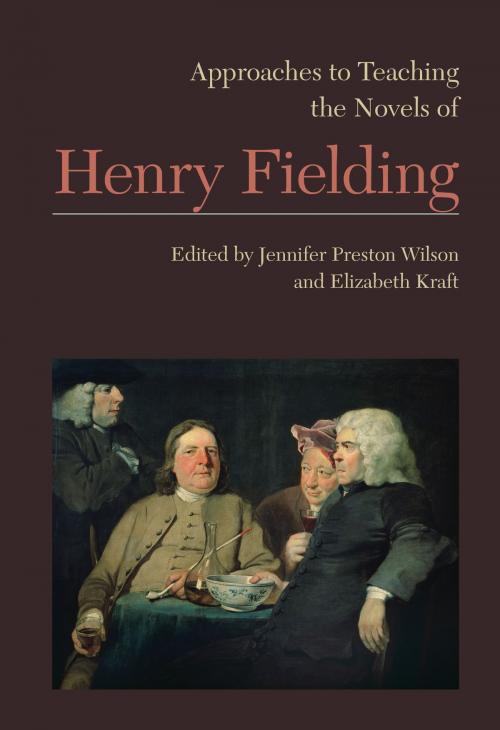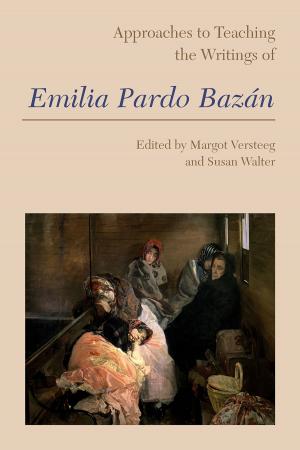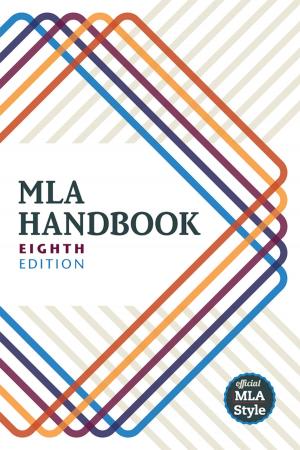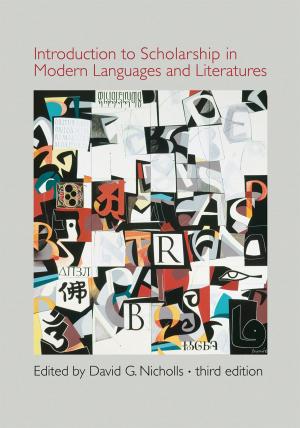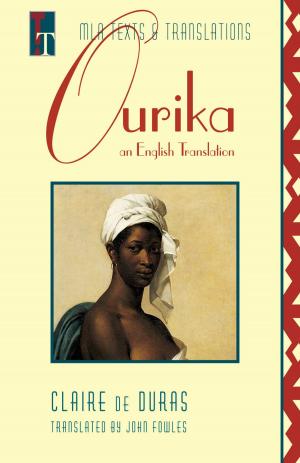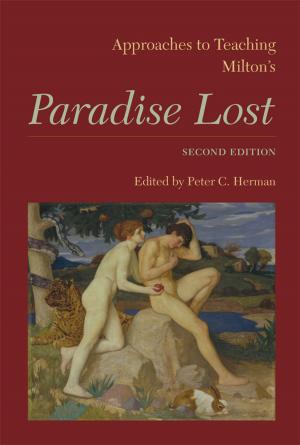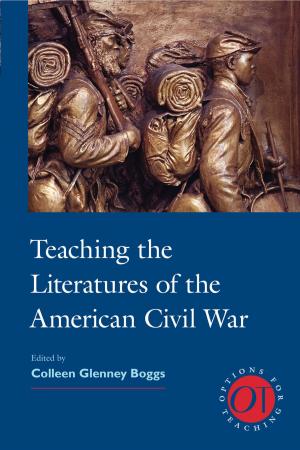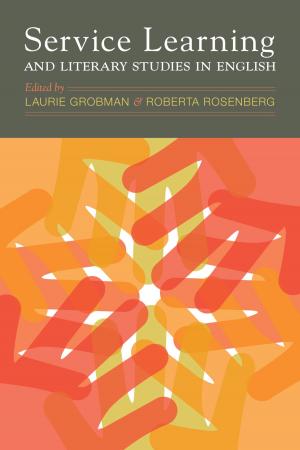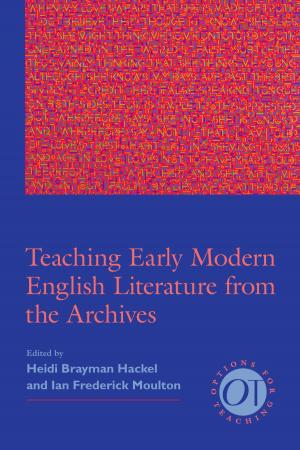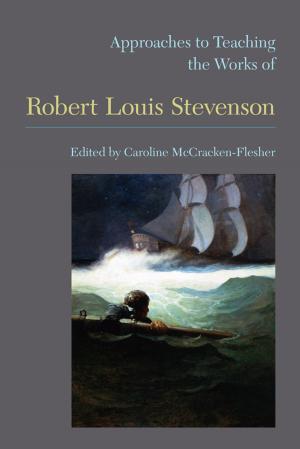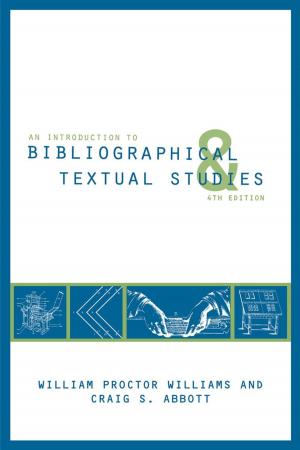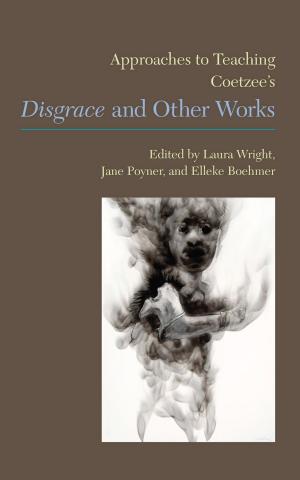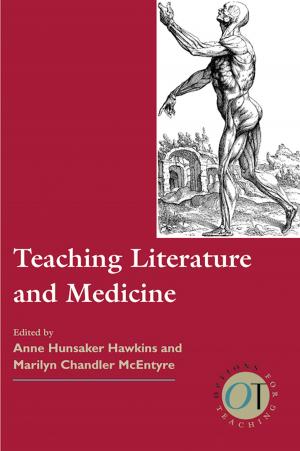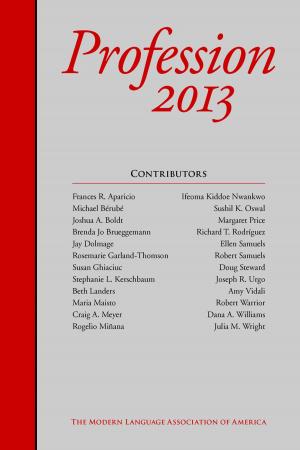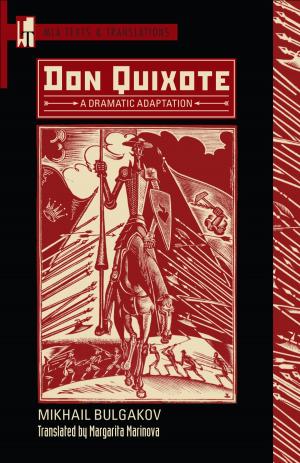Approaches to Teaching the Novels of Henry Fielding
Nonfiction, Reference & Language, Language Arts, Study & Teaching, Fiction & Literature, Literary Theory & Criticism, British| Author: | ISBN: | 9781603292252 | |
| Publisher: | The Modern Language Association of America | Publication: | December 1, 2015 |
| Imprint: | The Modern Language Association of America | Language: | English |
| Author: | |
| ISBN: | 9781603292252 |
| Publisher: | The Modern Language Association of America |
| Publication: | December 1, 2015 |
| Imprint: | The Modern Language Association of America |
| Language: | English |
The works of Henry Fielding, though written nearly three hundred years ago, retain their sense of comedy and innovation in the face of tradition, and they easily engage the twenty-first-century student with many aspects of eighteenth-century life: travel, inns, masquerades, political and religious factions, the '45, prisons and the legal system, gender ideals and realities, social class.
Part 1 of this volume, "Materials," discusses the available editions of Joseph Andrews, Tom Jones, Shamela, Jonathan Wild, and Amelia; suggests useful critical and contextual works for teaching them; and recommends helpful audiovisual and electronic resources. The essays of part 2, "Approaches," demonstrate that many of the methods and models used for one novel--the romance tradition, Fielding's legal and journalistic writing, his techniques as a playwright, the ideas of Machiavelli--can be adapted to others.
The works of Henry Fielding, though written nearly three hundred years ago, retain their sense of comedy and innovation in the face of tradition, and they easily engage the twenty-first-century student with many aspects of eighteenth-century life: travel, inns, masquerades, political and religious factions, the '45, prisons and the legal system, gender ideals and realities, social class.
Part 1 of this volume, "Materials," discusses the available editions of Joseph Andrews, Tom Jones, Shamela, Jonathan Wild, and Amelia; suggests useful critical and contextual works for teaching them; and recommends helpful audiovisual and electronic resources. The essays of part 2, "Approaches," demonstrate that many of the methods and models used for one novel--the romance tradition, Fielding's legal and journalistic writing, his techniques as a playwright, the ideas of Machiavelli--can be adapted to others.
